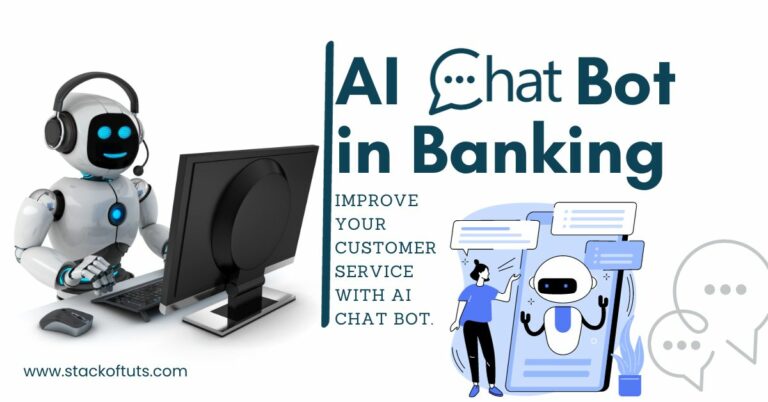
Transitioning to an AI-first bank involves a comprehensive and strategic approach that integrates artificial intelligence into the core functions and operations of the banking institution. This step-by-step guide outlines the necessary actions and considerations for successfully achieving this transformation.
Read about: Artificial Intelligence in Banking Operations for a full guide. Click on this link for special information and interesting finds!”
AI-First Bank: A Comprehensive Step-by-Step Guide
Step 1: Establish a Clear AI Vision
- Understand AI’s Potential: Begin by comprehensively understanding the capabilities and potential impact of AI in the banking sector.
- Set Clear Objectives: Define specific, measurable objectives for what the bank aims to achieve through AI integration.
Step 2: Develop a Strategic AI Roadmap
- Assess Current Capabilities: Evaluate the existing technological infrastructure and data analytics capabilities.
- Create a Roadmap: Develop a detailed roadmap for AI integration, including timelines and key milestones.
Step 3: Build a Robust Data Infrastructure
- Invest in Data Management: Ensure the bank has a robust data management system that can support AI algorithms.
- Prioritize Data Quality: Focus on the quality, accuracy, and accessibility of the data.
Step 4: Cultivate AI Talent and Culture
- Develop In-house Expertise: Invest in training current staff and hiring new talent with AI expertise.
- Foster an AI-Ready Culture: Encourage a culture that embraces innovation, experimentation, and continuous learning.
Step 5: Implement AI Technologies
- Start with Pilot Projects: Test AI applications in smaller, controlled environments before wider implementation.
- Evaluate and Expand: Gradually expand AI integration into various banking functions based on the results of pilot projects.
Step 6: Ensure Compliance and Ethical Standards
- Adhere to Regulations: Ensure all AI applications comply with existing financial and data privacy regulations.
- Establish Ethical Guidelines: Develop guidelines for ethical AI use, ensuring fairness and transparency in AI-driven decisions.
Step 7: Continuous Learning and Adaptation
- Stay Updated: Keep abreast of the latest developments in AI and continually adapt strategies accordingly.
- Iterative Improvement: Regularly assess and refine AI applications for better performance and effectiveness.
Step 8: Scale AI Integration
- Broaden AI Applications: Extend AI integration to more complex and broader aspects of banking operations.
- Align AI with Business Strategy: Ensure AI integration is aligned with the bank’s overall business strategy and customer service objectives.
FAQs
AI can be implemented in banking by integrating chatbots for customer service, employing algorithms for fraud detection, utilizing data analytics for personalized financial advice, automating loan processing, and enhancing risk management with predictive modeling.
AI applications in banking include automated customer service with chatbots, fraud detection through pattern recognition, personalized financial advice using data analytics, streamlined loan processing with AI algorithms, and enhanced risk management by predicting market trends.
An example of an AI-based app used by banks is “Erica,” a virtual assistant developed by Bank of America that helps customers manage accounts, track spending, and provide financial advice using voice and chat technology.
The disadvantages of AI in banking include potential job displacement due to automation, the risk of biased decision-making if AI algorithms aren’t carefully monitored, and heightened cybersecurity threats as AI systems can be complex targets for hackers.
Conclusion
Following these steps, a banking institution may successfully migrate to an AI-first bank strategy, using AI to improve client experiences, operational efficiency, and competitiveness in the quickly changing financial services sector. Strategic planning, technology and talent investment, ethical behaviors, and continual improvement are needed for this journey.
Thanks!





